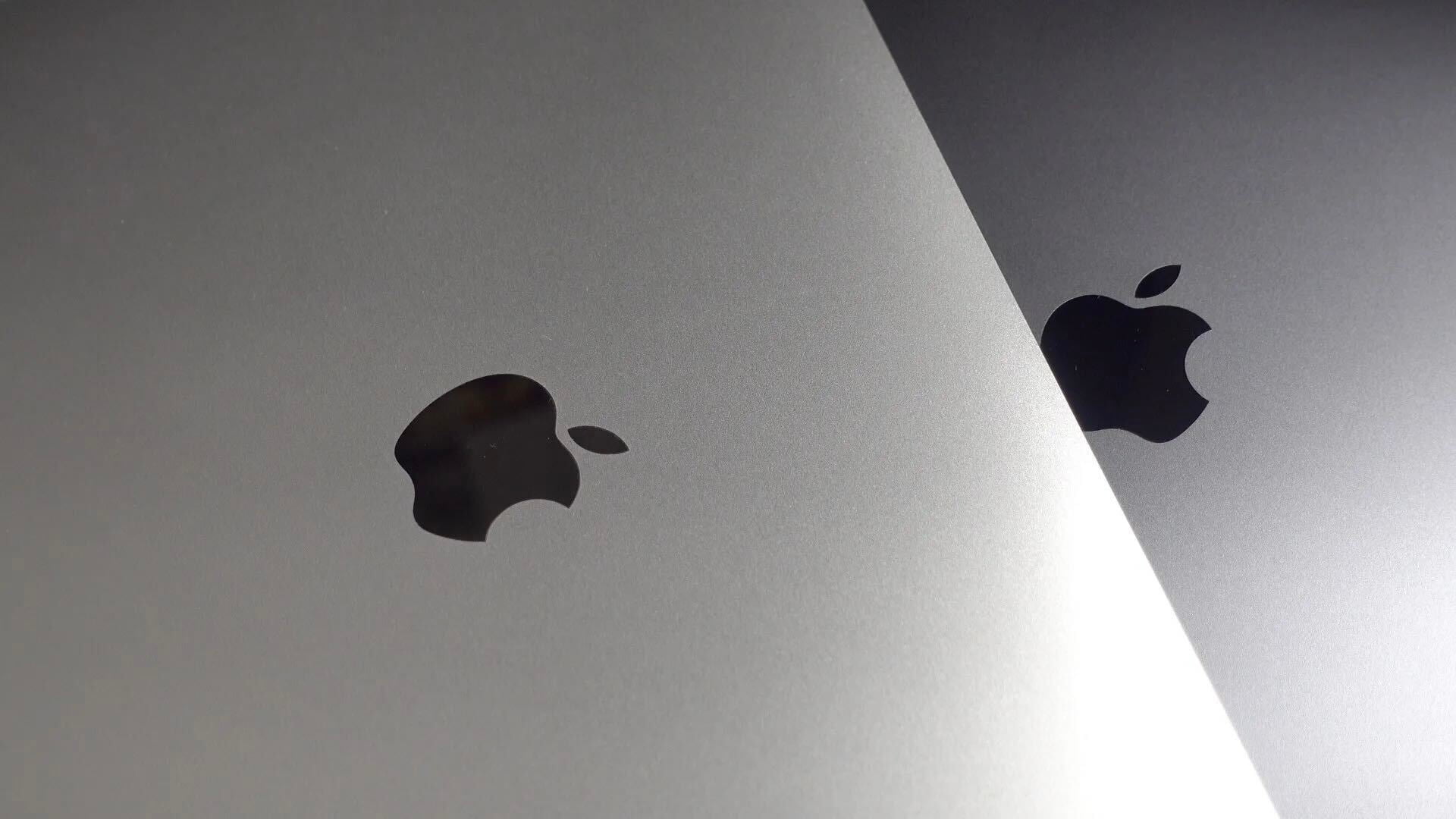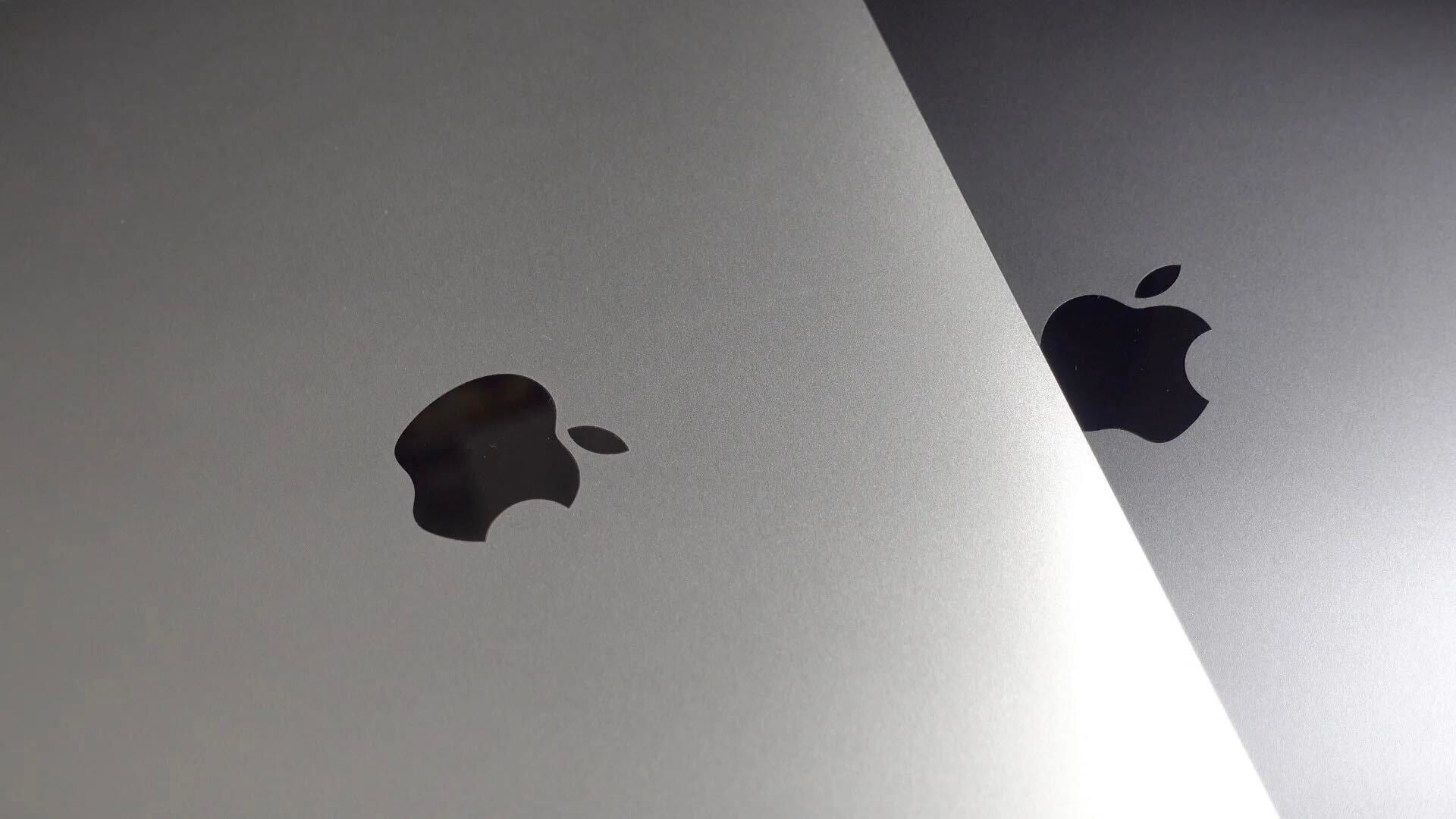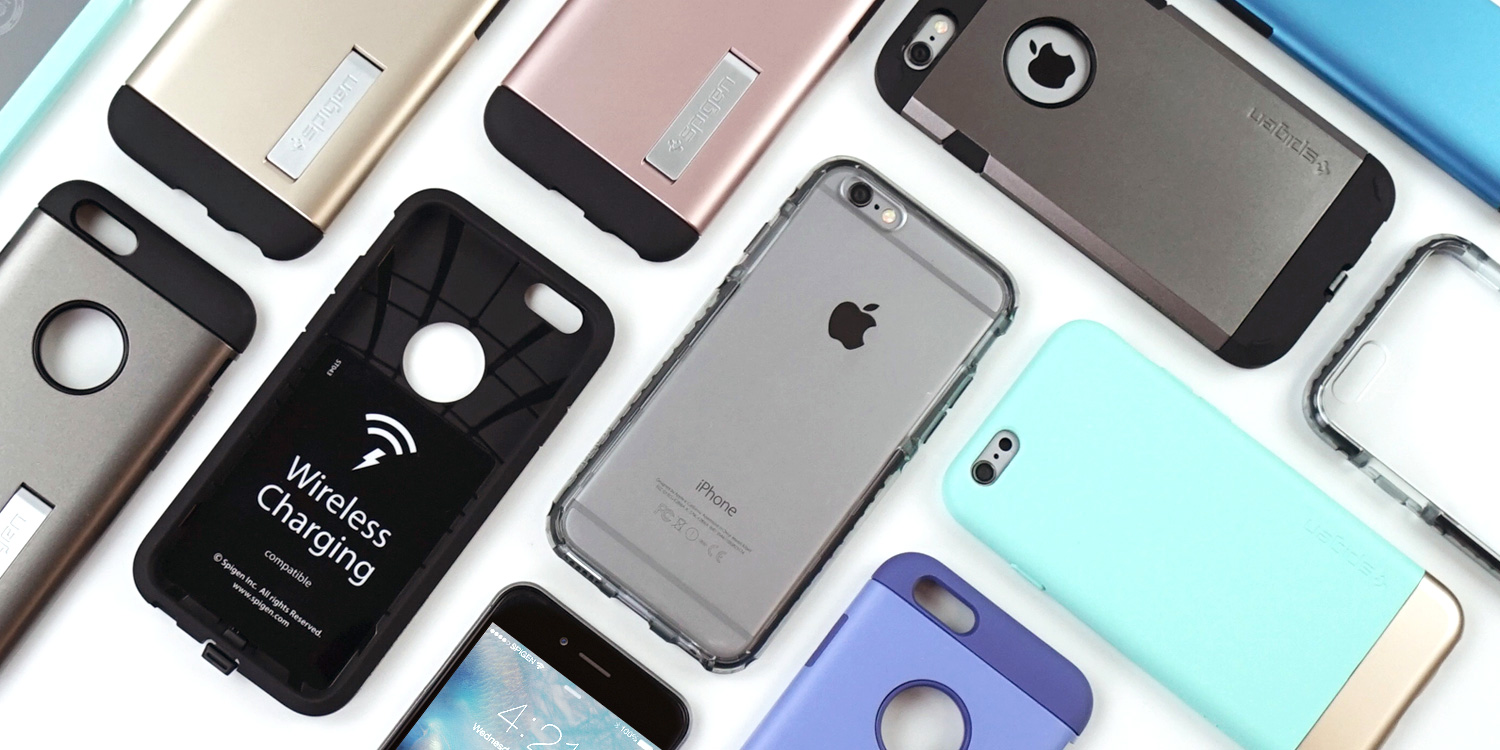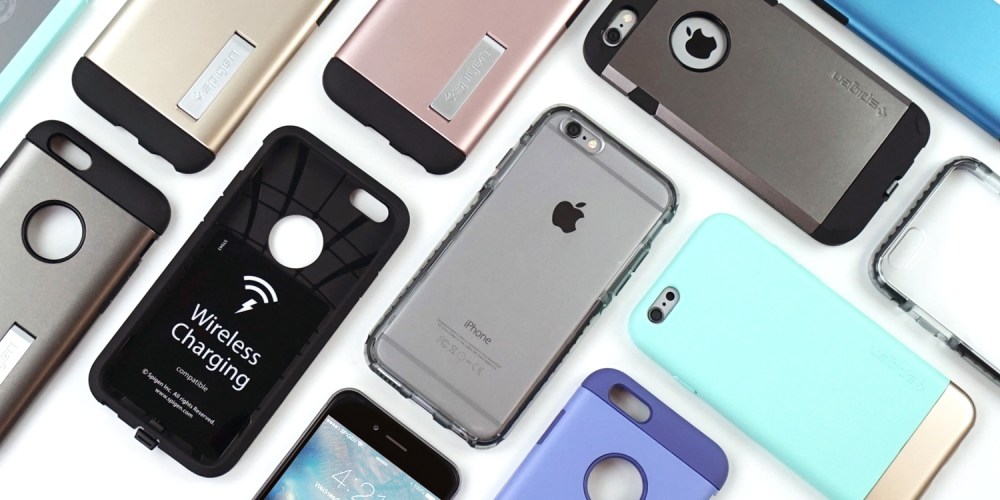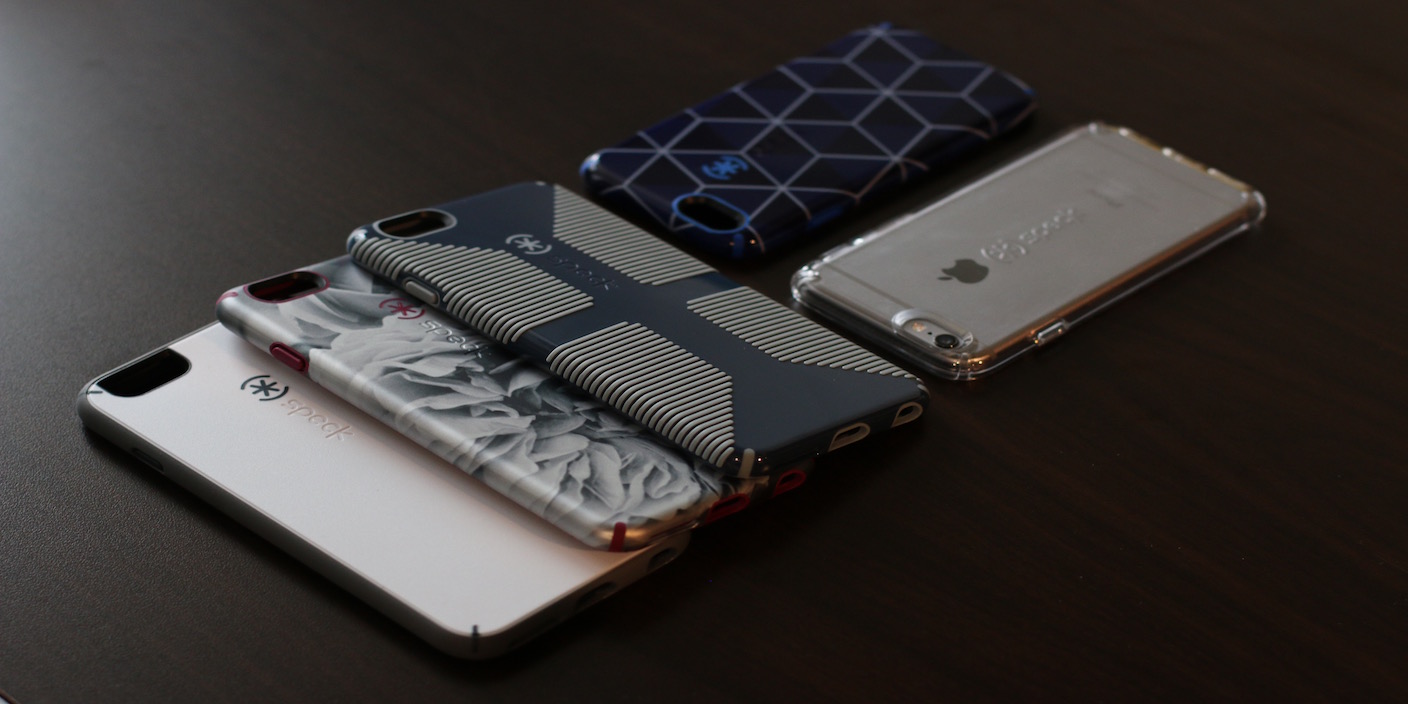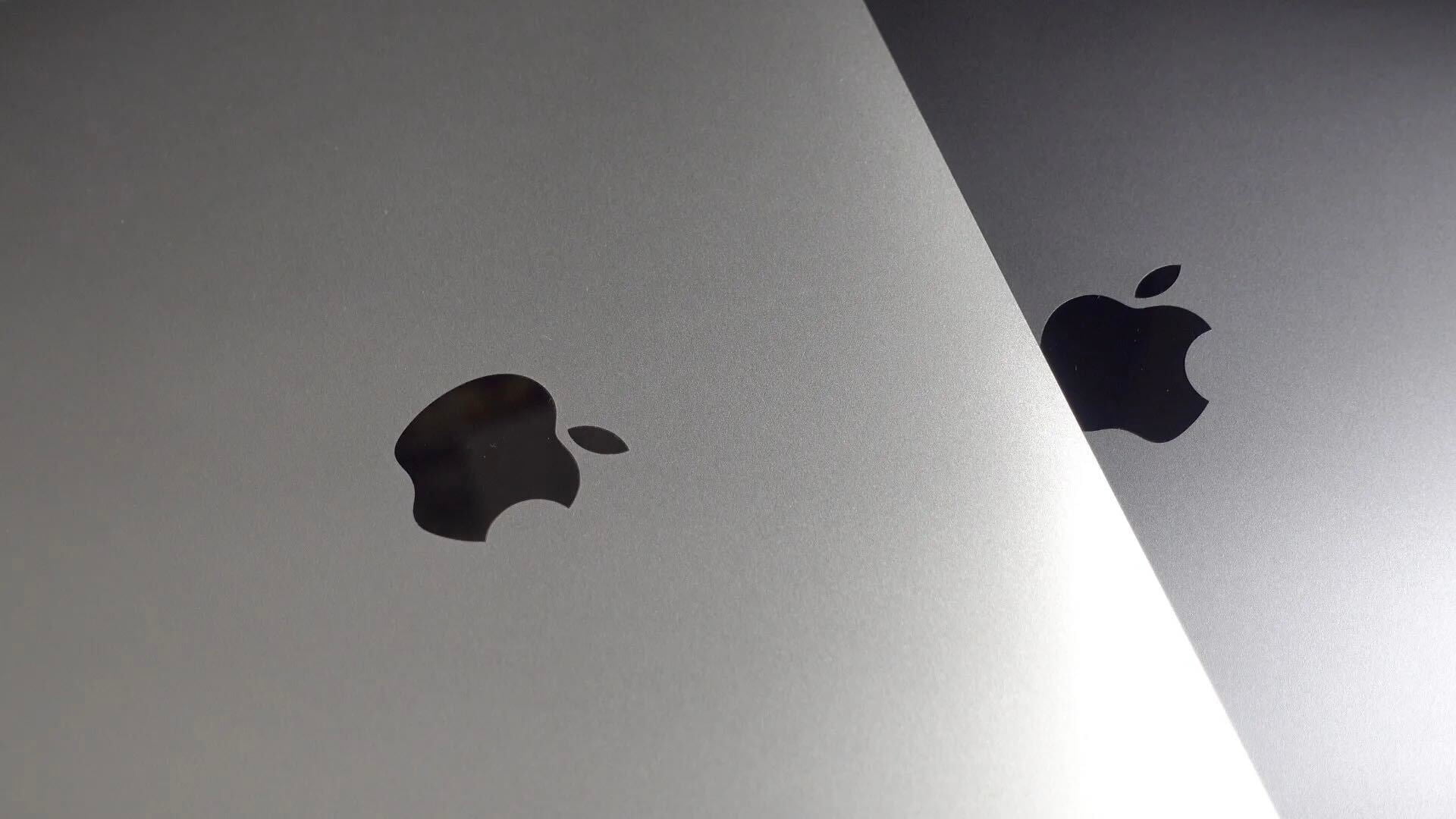iPhone 6
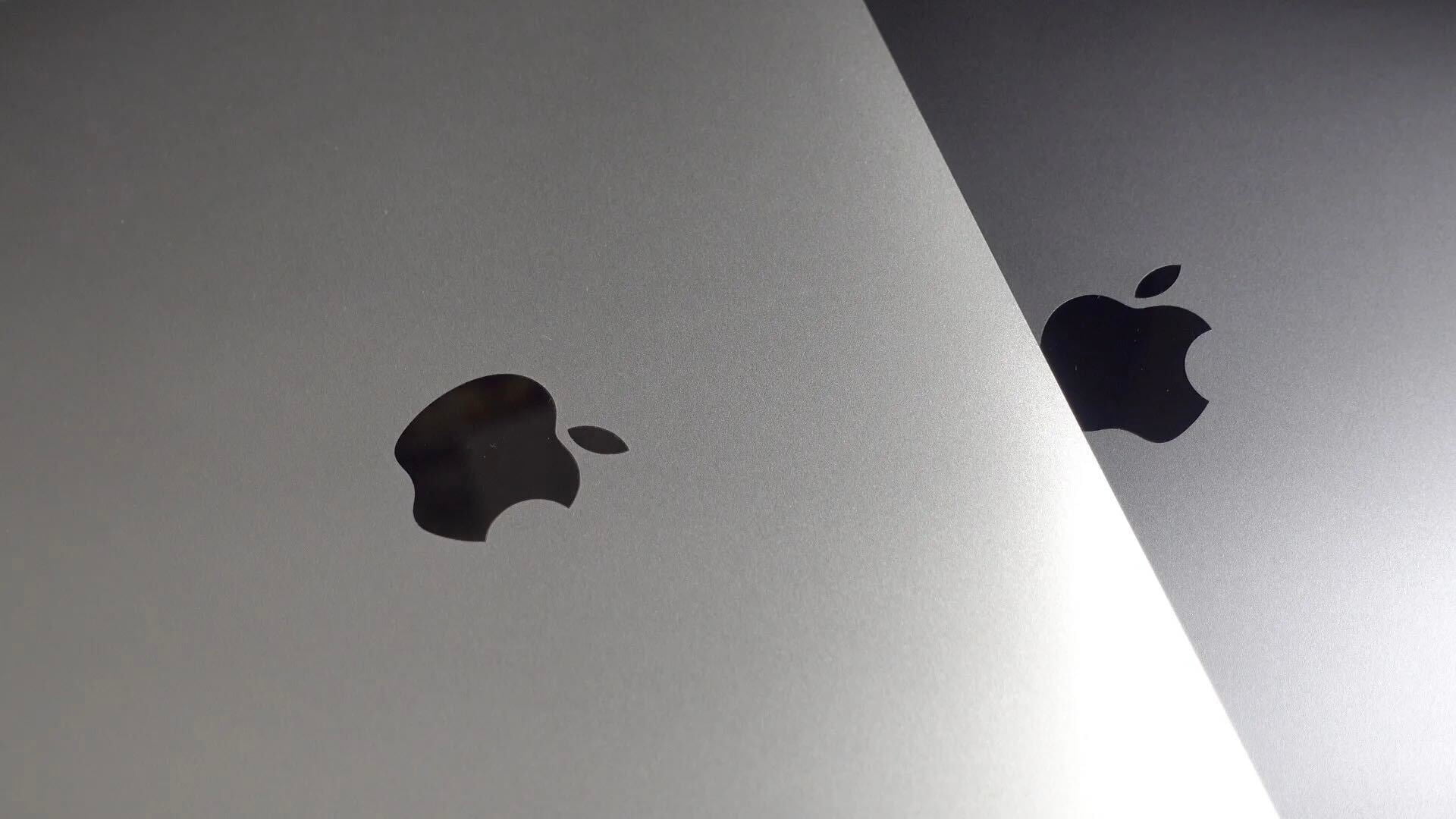
The iPhone 6 ($199 and up from the Apple Store) is quite possibly the most popular product Apple currently sells. Equipped with a 4.7″ Retina HD display, the iPhone 6 has 1334×750 resolution at 326PPI, boasting increased color accuracy and a wider viewing angle than prior iPhones. Three capacities (16/64/128GB) and three colors (gold/silver/space gray) are available.
Apple has upgraded the iPhone 6 with a second-generation 64-bit A8 chip, delivering 25% faster CPU performance and up to 50% faster graphics than the iPhone 5s. Despite the superior processing and a thinner body, the iPhone 6 improves a little upon the battery life of the iPhone 5s, though not to the extent of the (much larger) iPhone 6 Plus. Apart from battery, screen, and small camera differences, the iPhone 6 and 6 Plus have identical hardware: 802.11ac Wi-Fi support, Voice over LTE with Verizon, AT&T, T-Mobile, and others abroad, and Wi-Fi calling using T-Mobile in the US. It also has a Touch ID sensor with full support for secure Apple Pay transactions, both in retail stores and online.
The 8MP iSight camera has been improved. Although the 1.5µ pixels and ƒ/2.2 aperture aren’t hugely different from before, there’s an all-new sensor that improves focus, face detection, and digital image stabilization. The iPhone 6 lacks an optical image stabilization feature found in the iPhone 6 Plus, but camera performance is extremely similar. Video can be recorded in 1080p at 30 or 60fps, with slo-mo video at 120 or 240 fps. Small hardware improvements to the front-facing camera come from a new sensor and a larger ƒ/2.2 aperture, as well as H.265 video support for much smoother FaceTime calls.
Even with a larger screen and improved hardware relative to the iPhone 5s, the iPhone 6 measures only 6.9mm thick, versus the iPhone 5s’s 7.5mm and the iPhone 6 Plus’s 7.1mm. It is easier to fit in a pocket than the iPhone 6 Plus, which some users will like.
Photo by freestocks.org on Unsplash




